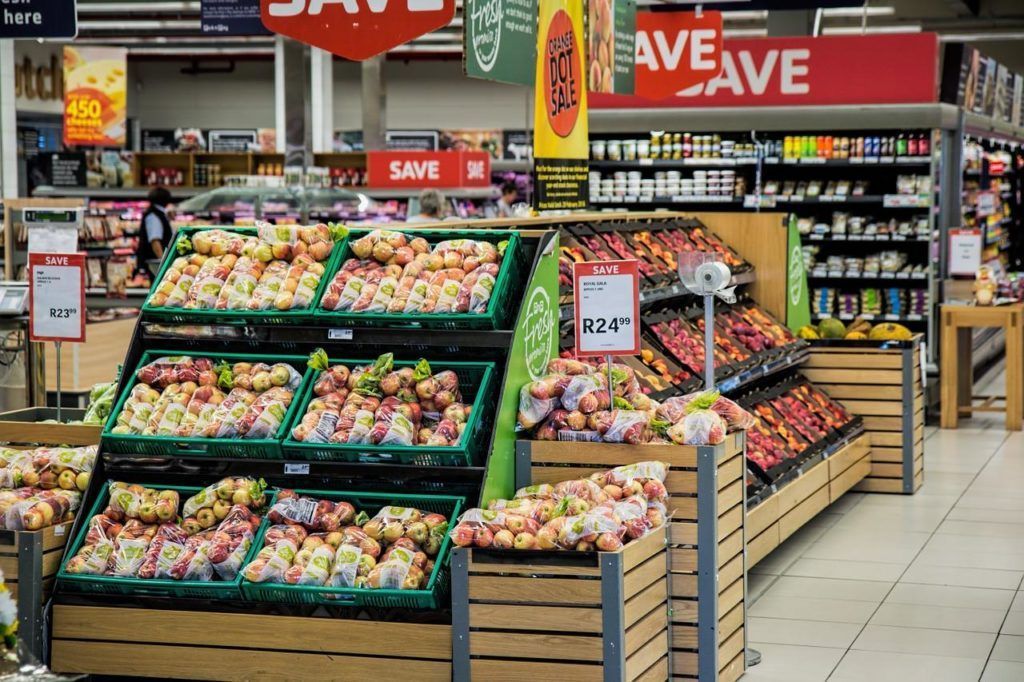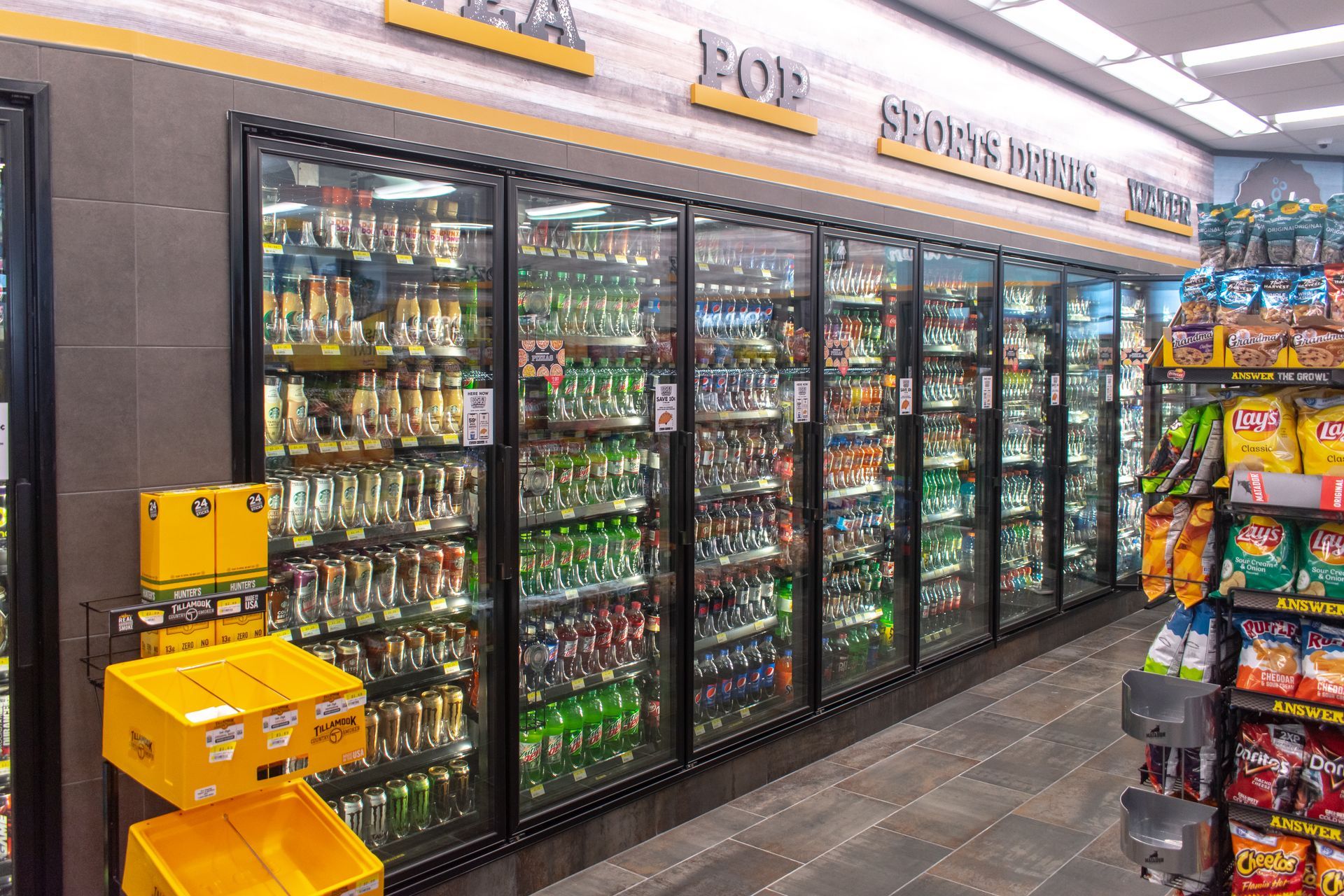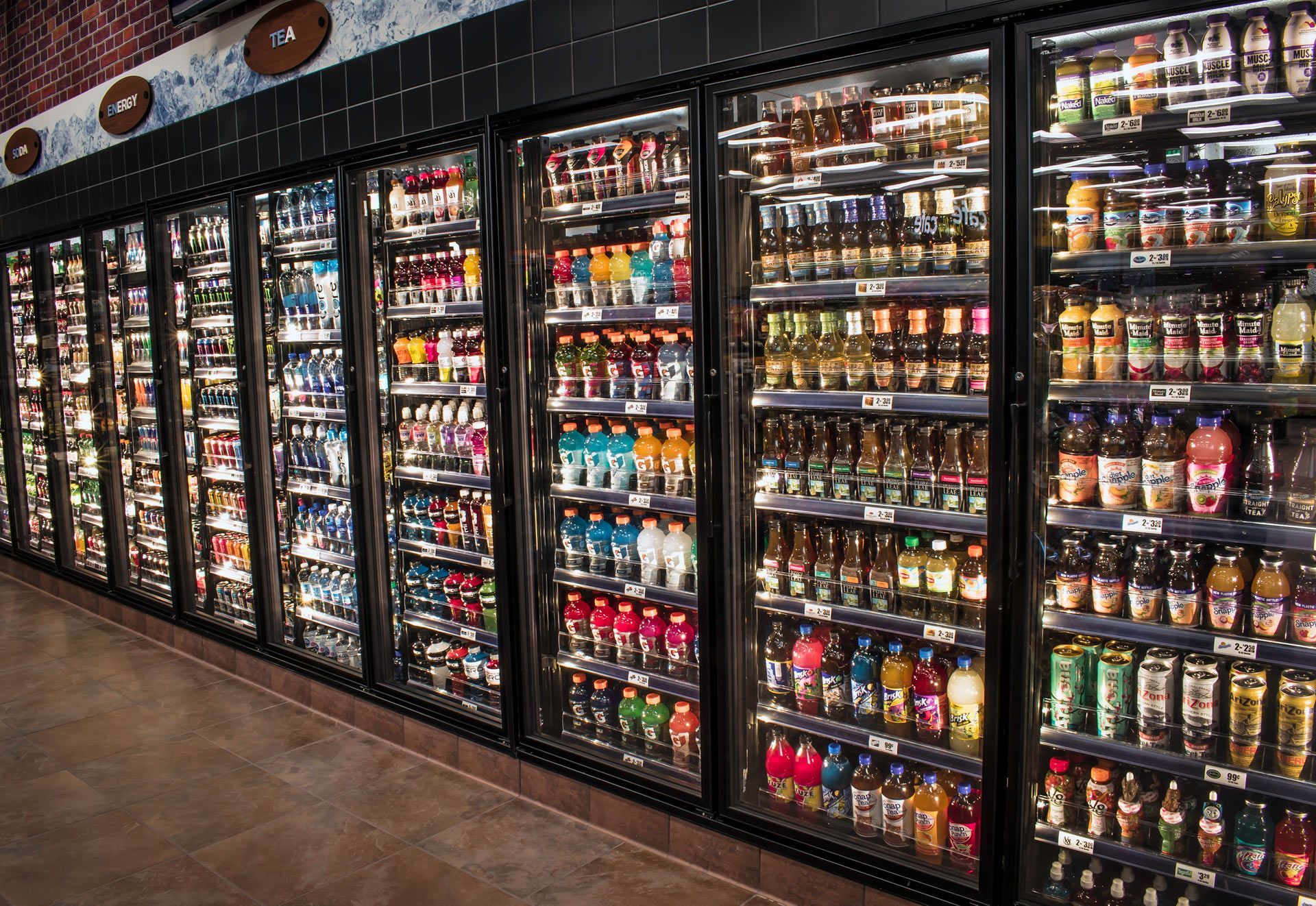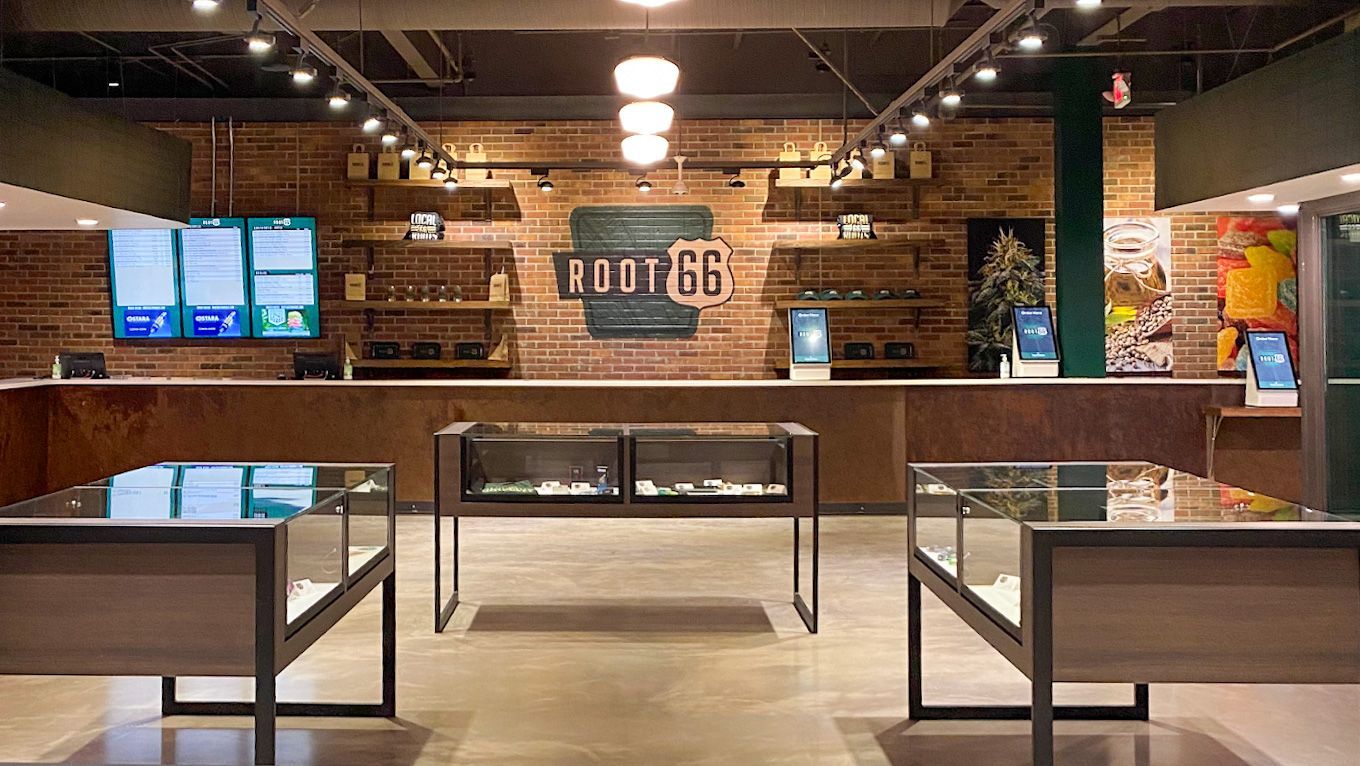Striking Balance: Retail Displays That Sell Without Crowding Your Store
The most successful brick-and-mortar retailers know that displays are more than product holders: they're sales drivers, brand storytellers, and customer experience enhancers.
However, poorly planned displays can have the opposite effect, cluttering the store, blocking pathways, and frustrating shoppers. The challenge is creating eye-catching merchandising while keeping traffic flow, safety, accessibility, and employee restocking in mind.
Let's explore how to strike that balance, ensuring retail displays elevate sales and enhance the shopping experience.
Principles of Effective Retail Display Design
At their best, displays extend a retailer's brand identity. Whether through bold color, premium finishes, or minimalist structures, fixtures should reflect the store's values and personality. Shoppers often form lasting impressions based on these details.
Customer journey mapping is another essential principle. Displays should be placed where customers naturally pause: near entrances, along main aisles, or at sightline focal points.
Hierarchy matters too: a central feature display might highlight a seasonal collection, while smaller impulse displays can nudge last-minute add-on purchases.
Flexibility is key. Modular displays that can be easily reconfigured for seasonal promotions or floor resets save time and resources. Many retailers also consider sustainability when selecting display materials, choosing durable, recyclable, or repairable options that align with growing consumer interest in eco-friendly retail.

Spatial Planning & Flow
Retail layouts succeed or fail based on circulation. Shoppers must have enough space to move comfortably while encountering strategically placed displays. That begins with defining traffic patterns. Wide, uncluttered main aisles should guide customers throughout the store, with secondary lanes branching into categories.
Displays must also respect scale. A towering floor display may work in a high-ceiling environment, but it can overwhelm the space in a smaller store. Maintaining breathing room around feature fixtures prevents a "sea of displays" effect that feels chaotic rather than curated.
Finally, retailers can use vertical space (endcaps, wall fixtures, and suspended signage) without obstructing sightlines. Done thoughtfully, this approach creates layers of interest while preserving open floor areas.
Accessibility & Safety Considerations
Creating an inclusive shopping environment means designing displays with all customers in mind.
ADA guidelines suggest minimum aisle widths, clear turning spaces, and reachable shelf heights. This ensures shoppers using wheelchairs or mobility aids can navigate comfortably and independently.
Safety is equally critical. Displays must not block emergency exits, create trip hazards, or exceed load capacity. Freestanding fixtures should be anchored or designed with stable bases to prevent tipping.
Good lighting also plays a role: ensuring well-lit displays enhances product visibility and eliminates dark corners or blind spots that can feel unsafe.
Slip-and-trip prevention deserves special attention. Avoid placing small signage or promotional materials directly on the floor, and secure any wiring for digital or illuminated displays. These small details make a big difference in keeping the store safe and welcoming.
Designing for Employee Efficiency & Restocking
A display that looks great to customers but frustrates staff is unlikely to succeed in the long run. Retailers should consider how employees will restock and maintain fixtures during peak hours.
Back-of-display access is an excellent feature, allowing staff to replenish stock without disrupting shoppers. Modular bins, trays, or sliding shelves make refilling quick and efficient.
Some retailers even plan small "staging zones" near feature displays, reducing the distance employees travel with stock.
Ergonomics is also essential. Fixtures should be designed so staff can load or adjust them without straining or overreaching. Aisle clearance behind or beside displays helps employees maneuver carts or ladders safely.
Clear labeling and stock indicators can further streamline restocking, preventing stockouts and ensuring products remain available during busy times.
Display Types & Best Practices
Different display types call for other strategies.
- Floor displays: These "island" fixtures work best as focal points but should have buffer space around them to maintain circulation.
- Endcaps are powerful tools for showcasing featured products, but placement should avoid obstructing aisle intersections.
- Beverage displays: Coolers or stackable arrangements require ventilation and door clearance while staying in natural flow paths for grab-and-go convenience.
- Display cases are ideal for high-value or fragile items. Staff access from the rear or side makes restocking less disruptive.
- Impulse displays: Effective near checkout, but they should never impede queuing space.
- Digital or interactive displays: Mounting these on walls or suspending them overhead integrates technology without intruding on the walking path.
Each type can potentially increase engagement and sales—provided it's thoughtfully integrated into the store's broader layout.

Common Pitfalls & How to Avoid Them
Retailers sometimes overestimate the benefit of cramming as many displays as possible into the floor plan.
In reality, overcrowding diminishes both comfort and sales impact.
Other pitfalls include blocking key sight lines, making displays difficult for staff to service, or failing to comply with accessibility codes.
Work With PFI InStore
The best retail environments balance visual impact with customer comfort. Displays should captivate without crowding, guide without obstructing, and sell without compromising safety or accessibility.
Retail displays transform from simple product holders into robust sales and brand tools when designed with flow, inclusivity, and employee efficiency.
Ready to improve your retail signage with displays?
Contact us today to learn how our expert team can help you design and implement effective retail display solutions tailored to your brand's unique needs.


